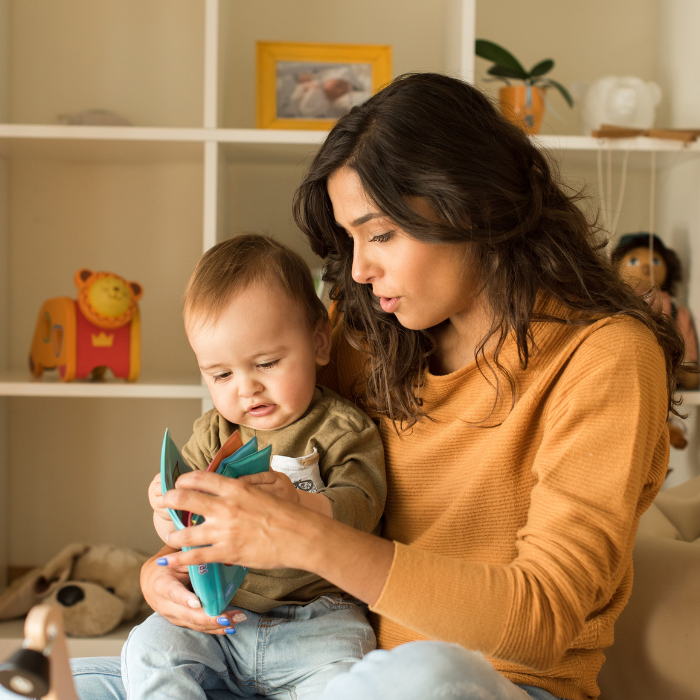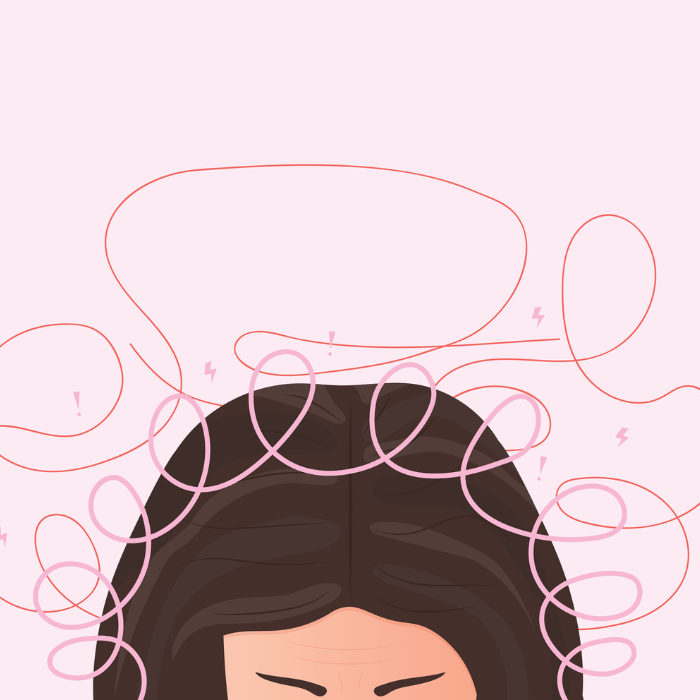
We all learn in unique ways, and it can be helpful to understand what learning style – or combination thereof – might suit your child’s needs best as they navigate through school, explains Yvonne Walus.
Learning styles have enjoyed a rich history. In the 1980 and 1990, they were supposed to be the golden tool that fixed our education. At the beginning of the millennium, there still wasn’t conclusive scientific evidence to suggest that teaching with learning styles in mind made enough of a difference. Nowadays, educators are yet again warming up to the understanding that children don’t all learn the same way.
To put it simply, a learning style is the way in which your child prefers to learn something new or difficult. Most children can learn a concept the way it is presented to them – preschoolers typically do it by hearing and repeating rhymes, school children discover information through reading, teenagers lead the way on visual learning with YouTube and TikTok. But a person’s individual learning style is the way they learn best and easiest.
Learning styles and the senses: See, hear, touch, move
Visual learners process information through their eyes. There are two types: Those who like pictures, and those who prefer text. Those who prefer to understand new information by studying images, charts, and spatial arrangements will benefit from visual aids such as graphs, diagrams, and videos. They appreciate it when information is presented in a visually appealing manner. Other visual learners absorb information through written words, and they excel when provided with textbooks and notes. These individuals often enjoy expressing themselves through written assignments, and they may benefit from creating lists and summaries when studying.
Auditory learners grasp information best through listening. They thrive in environments where information is presented verbally and vocally, such as through lessons, discussions, or audio recordings. These learners often benefit from engaging in group discussions and verbalizing their own thoughts, although some may prefer to listen passively rather than talk.
Tactile learners favour a hands-on approach to learning. They engage with information and concepts most effectively when they can physically manipulate their environment. They learn through doing experiments, projects, or performing any learning tasks that involve manipulation of the physical world. They may excel in activities like constructing models, assembling objects, or engaging in craft projects.
Kinaesthetic learners learn best through physical activities. They benefit from actively engaging with what they need to learn through field trips, role-playing or interactive games. These learners may struggle in passive learning environments like traditional classrooms and often require movement to stay engaged.
Children can learn almost anything if allowed to do it through their own personal strengths. We all learn through our ears, eyes, hands, and body movement. But some children learn through their hands a lot better than through their eyes – and that means that in order to understand a water molecule they need to construct it out of sticks rather than just stare at a diagram of one.
Learning styles and thinking: Analytic or holistic?
Research has recognised two distinctive ways of thinking that go beyond sensory modes: Analytic (also known as sequential or left-brained) and holistic (also known as global or right-brained).
Very few people are true-blue analytics with no flexibility towards holistic thinking, or vice-versa. But generally, people with an analytic cognitive preference are sequential thinkers who like facts, details, and logic. They make daily lists of things to accomplish, and if they complete something that’s not on their list, they are likely to add it just for the satisfaction of crossing it out. They get stressed if their environment isn’t tidy, or if they have to deal with more than one task at a time.
Holistic thinkers, in contrast, like the big picture. They aren’t interested in the detail. Mess doesn’t bother them, and they don’t get stressed by deadlines, which they’re often happy to miss.
This means that some learners excel in analysis, while others solve problems using creativity rather than science. For example, when I taught my children fractions while baking cupcakes, I posed the following problem: “We only have 1.5 cups of flour, but the recipe calls for 2. We have to work out how much of other ingredients to use. Now, the original recipe wants 1 cup of milk, so how much do we need in the new recipe?” My son, whose cognitive preference is analytic, worked it out. My daughter, who’s a holistic thinker, had a creative outside-the-square solution: “Let’s just go to the shop and buy more flour.”
Understanding these cognitive preferences allows us to cater for the kids’ learning needs, creating an environment that helps them knowledge no matter what their learning style might be.
Learning styles and the environment
Many kids have preferences for specific environmental conditions to improve their learning experience.
- Lighting preferences: Some learners thrive in well-lit environments, while others concentrate better in natural light or even dim light.
- Noise level: Some individuals concentrate better in quiet settings, while others may find a moderate level of background noise or music constructive.
- Temperature: Personal preferences regarding room temperature can vary widely. Your child may learn well in a cooler environment or concentrate better when warm.
- Colour preferences: Environmental aesthetics, including colour choices, can influence the learning experience and inspire or depress the learners.
- Nature: Exposure to nature and green spaces has been linked to improved wellbeing and concentration. Your child may benefit from learning settings that incorporate natural elements or outdoor learning opportunities.
- Technology: Some children love learning in technologically rich environments, while others prefer a more traditional setting with minimal distractions.
Learning styles and social interactions
Some students may thrive in collaborative settings – be it in pairs or larger groups, while others may prefer independent study. Some learners benefit from having a parent or a teacher to brainstorm with, or to check their work to confirm they’re on the right track.
Learning styles and emotional intelligence
The educational landscape is evolving, and researchers are exploring more nuanced approaches to classifying and understanding how individuals process information. Emotional intelligence is now accepted as a factor in academic success, and new models recognise its impact on how students engage with educational content. For example, some learners may benefit from emotionally engaging narratives, while others may prefer a calm and focused environment for optimal learning.
Multimodal learning
Acknowledging that children often display a combination of learning styles, the multimodal learning approach caters for a child who might, for example, benefit from both visual and kinaesthetic elements when learning. Teachers often incorporate a variety of modalities, ensuring a more inclusive and adaptable approach.
Inclusive education and accessibility
The shift towards inclusive education has highlighted the importance of considering diverse learning styles, especially for students with varied abilities. Being aware of learning style principles ensures that educational materials and methods are accessible to all learners, regardless of their individual learning styles or physical challenges.
By embracing the latest insights, teachers and parents can create learning environments that cater to the unique strengths and preferences of each child, enhancing academic outcomes as well as fostering a love for learning.
QUIZ: Is your child an analytic or a holistic thinker?
Here’s a quick questionnaire to help you decide. Score each statement on the scale of 1 to 10, where 1 = “No way!” and 10 = “My child is 100% like this.”
- They base decisions on objective facts rather than feelings.
- They seem to know intuitively what others are thinking.
- They like using symbols or images in solving problems.
- They are artistically or musically creative.
- They are logical.
- They are good at solving crossword puzzles.
- They can read quickly.
- They daydream a lot.
- They can think of synonyms for words easily.
- They can remember dreams.
- The dreams they have at night are vivid.
- They are fluent in using words.
- They are good at using images in remembering and thinking.
- They use a playful approach to problem-solving.
- They use a serious, all-business approach to problem-solving.
- They like to keep experiences planned and structured.
- They like to read and think while sitting upright.
- They think in words.
- They think in mental imagery.
- They like to explain by drawing a picture or showing a video.
SCORING:
- Add up your score for the following questions: 1, 5, 6, 7, 9, 12, 15, 16, 17, 18. TOTAL Analytic: ___________
- Add up your score for the following questions: 2, 3, 4, 8, 10, 11, 13, 14, 19, 20. TOTAL Holistic: ___________
Compare your totals. The bigger number indicates whether your child has a preference for analytic or holistic thinking. If the difference between the numbers is 7 or below, your child’s cognitive style is considered balanced; in other words, they are comfortable applying both ways of thinking when learning something difficult.








